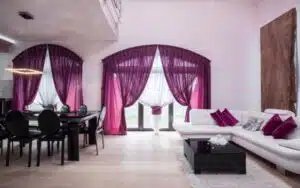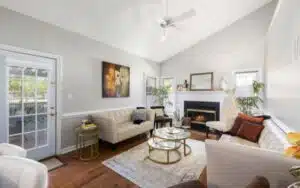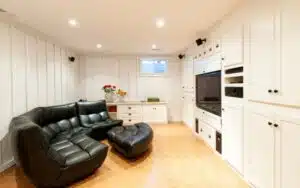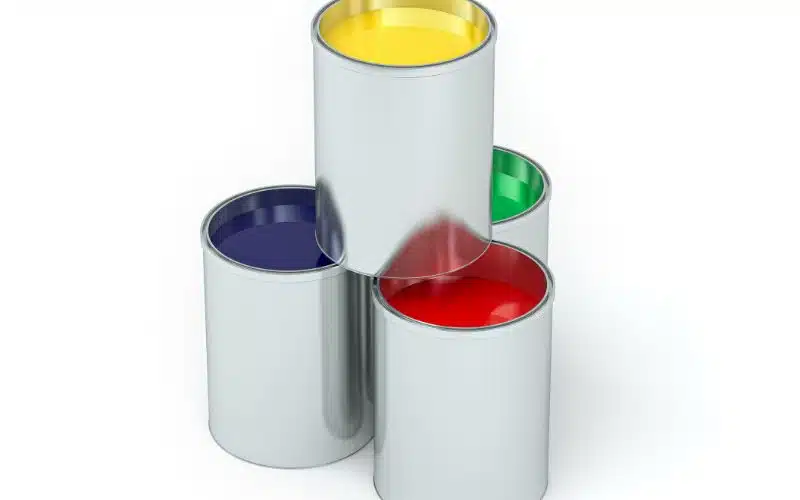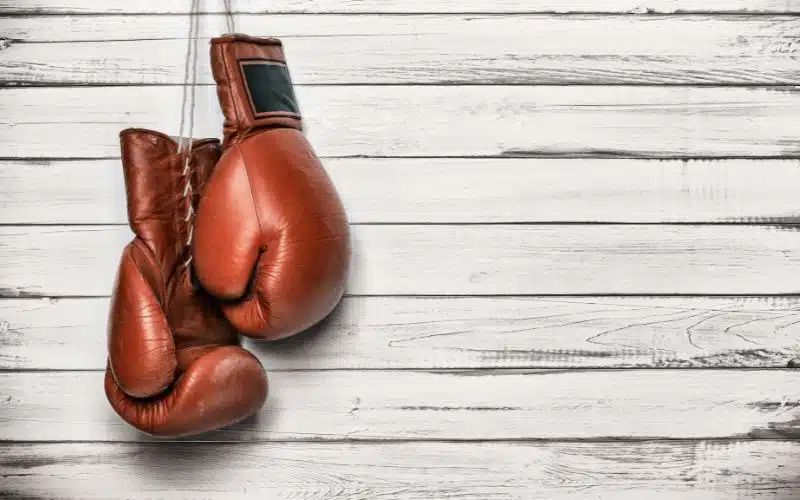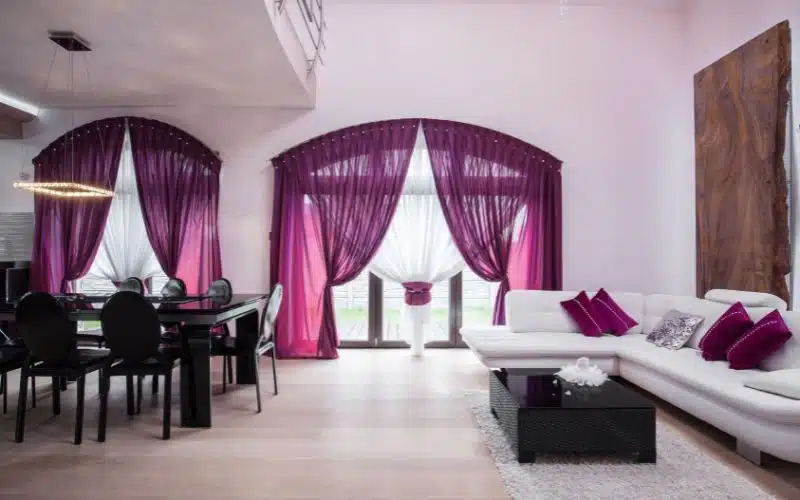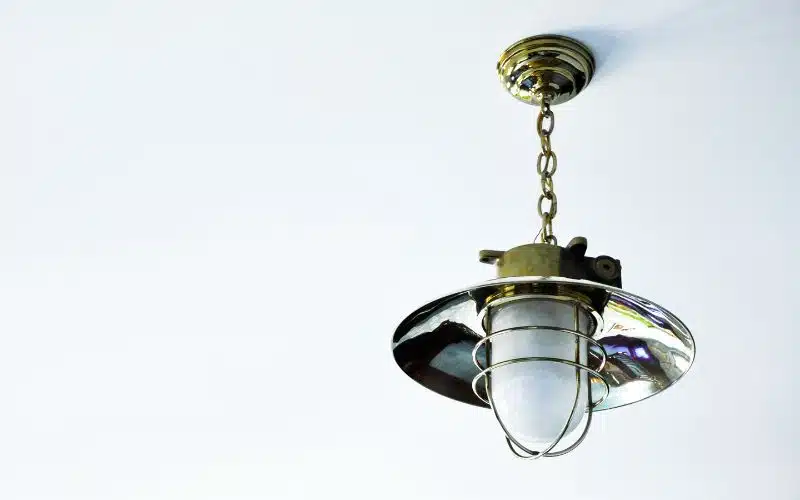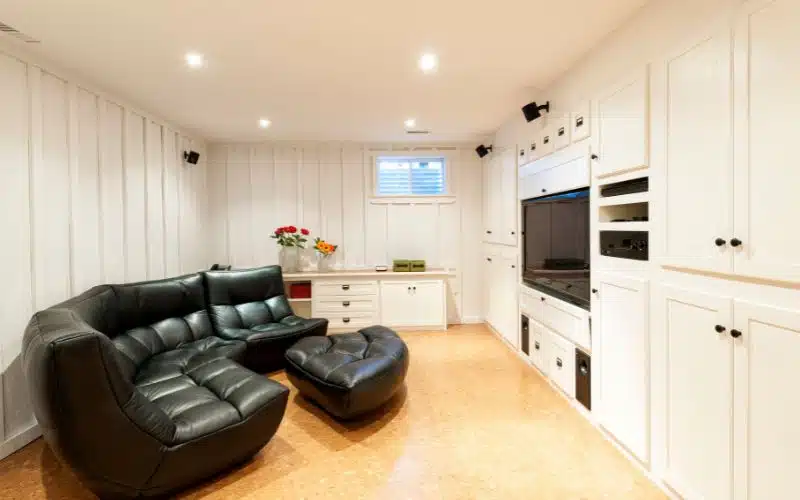Cement backer boards and drywall boards are the most commonly used bathroom ceiling materials. Your choice of material for your bathroom decor depends on several factors.
Your budget, the layout of your bathroom, and the water-resistance rate are some of these factors.
Cement boards are a preferred option for shower ceilings. Not only are they water-resistant and sturdy-looking, but they also help regulate the bathroom’s temperature. Drywalls can also be considered. But, you cannot use regular drywall for the shower ceiling. Opt for drywall green boards instead. Nonetheless, both materials have their contextual usefulness for which they are preferred.
Drywall Or Cement Boards for Shower Ceiling
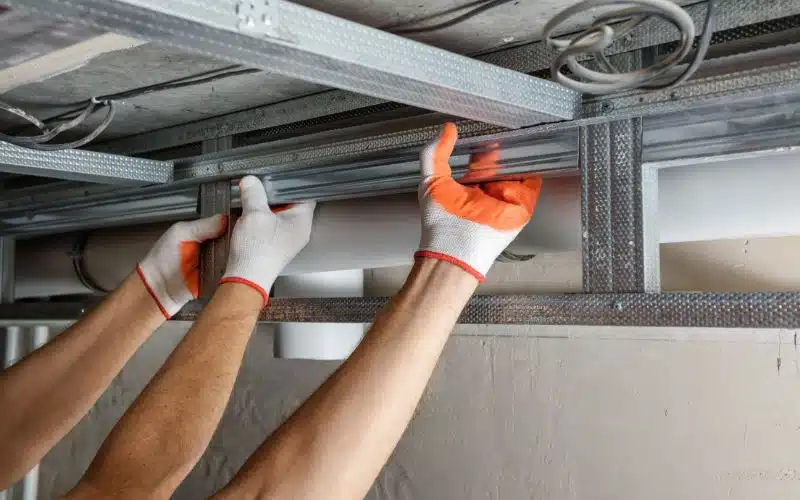
Several factors influence which material you’re to pick. These factors must be considered because once assembled, it would be financially draining to opt for the second option.
So, here are the different aspects in which these materials vary:
#1. Expenses
Your budget can out rule your preference, so it is considered the dominant factor in choosing the best bathroom ceiling material for yourself.
In terms of expenses, the drywall green board takes the lead. It is not nearly as expensive as cement boards. This makes it ideal for every homeowner on a tight budget.
Purchasing and installing these cement backer boards will cost twice as much as drywall boards.
If not for any reason, the thin-set mortar and other materials added to the cement boards for density and depth are enough to hike the price.
Nonetheless, if you can afford it, opt for the cement board. The finish will be worth every penny you spend.
#2. Resistivity
It’s a no-brainer that cement boards take the lead when it comes to resistivity. Drywall green boards are water-resistant only, meaning to some extent, they can be affected by water.
Cement boards, on the other hand, are both waterproof and water-resistant. They have been treated to prevent water from penetrating them, regardless of how long they are exposed to moisture.
Homeowners on a tight budget cannot afford to overlook the rate of resistivity for moisture-resistant drywall.
It’s not just water that the cement backer boards are prone to. Insects that would cause harm to some moisture-resistant drywall boards are harmless to the fiber cement board.
This says a lot about its longevity and durability.
#3. Visual Appeal
The skill level of the craftsman plays a big role here. It is possible to tweak drywall green boards to look as fabulous as cement backer boards.
Nonetheless, cement boards are second to no when it comes to upping the gain of your bathroom ceiling. Shower tile backers can also give you an aesthetic bathroom layout.
For a bit of flair and maximum effect, ask your bathroom designer to include a bit of the two in the decor.
Cement backer boards can be used as backer boards for tiles. You can install cement boards beneath tiles on bathroom walls and ceilings for an esteemed and subtle outlook.
Drywall boards are not entirely ruled out for bathroom appeal. Most people don’t consider it modern enough to fit into their bathroom sanctuary.
#4. Easier to Clean
Most home interior cleaners strongly advise against using water for your drywall boards. Cement boards, on the other hand, often require just some soapy water and a towel to return to their sparkling state.
Nonetheless, it would help if you refrained from cleaning fiber cement boards with abrasive cleaning chemicals that could cause discoloration.
When cleaning moisture-resistant drywall boards, ensure to use a vacuum to rid the boards of any bit of liquid. Any excess moisture left on the boards could cause discoloration or mold residues.
#5. Longevity
If you’d like to make a one-time investment on something that will forever last you, go for cement backer boards. Drywall boards will also last for a substantial period.
However, properly installed and maintained cement boards will remain as good as new as the house still stands.
Their durability backs the longevity of these cement boards. The compact nature of the walls aids their resistivity to weather conditions that may cause cracks.
They bring their A-game to the game of shelf-life.
Drywalls can also make it as far, but they would need some backing. Their molecular structure does not allow them to waive off weather threatening their immunity.
In addition, their susceptibility to damage caused by water also affects their durability.
This is not to say that drywall boards don’t last. They will, as long as they are coated with other materials.
#6. Versatility
Cement boards again take the lead if you’re thinking about uniformity for your household ceiling.
A drywall green board is best for indoor fitting so that it would do well for your bathrooms and other rooms.
But you can’t install them outside; they won’t withstand all the harsh weather conditions.
#7. Easy fitting
Roofing contractors charge you more outrageously for cement board installation than regular drywall green boards.
This should tell you that the installation process can be quite tasking, even for a professional.
The porosity of drywall boards makes them easier to cut and shape. With a detailed guide, you can even perform the installations yourself.
Do not attempt to use DIY methods to install cement boards. You would not only be risking self-injury, but you could damage the boards as well.
The thin-set mortar used in installing cement boards needs to be used in adequate proportion, or else the cement boards would come loose. Let’s only hope you’re not in the shower when it does.
#8. Climate Variation
It would be best if you also considered the climate of your zone to determine the best bathroom ceiling material for you.
Drywall is wired to keep a room cool, so it may not be the best option for you if you live in temperate zones.
The freezing climate can even affect the installation process of these gypsum-based boards and cause plaster cracks.
Cement boards, as usual, are unmoved by almost all weather and climate conditions.
Then, there’s the issue of eco-friendliness. Both materials are eco-friendly regardless of the zone and climate conditions.
Though drywall is made from cement and fiberglass and is also not renewable, it is considered eco-friendly mainly because they do not rust.
On the other hand, drywall cement boards are both reusable and eco-friendly.
Which is a Better Option?
Choosing which is a better fit for your bathroom ceiling ideas could be tricky and tasking. One minute you’re gearing for drywall; next, you’re clouded by the adverse benefits of fiber cement boards.
For an easy read and to aid your decision-making, we’ve carefully compiled the contrasts of these two bathroom ceiling materials.
| Drywall Boards | Cement Boards |
|---|---|
| Cheaper | Costs two to four times the price of drywall boards |
| It can be installed with DIY methods | Requires professional installation |
| Lasts long enough | Can last forever |
| Often comes in varying patterns | Is mostly plain |
| Susceptible to warp and rot | Cannot warp or rot |
| Can withstand water to an extent | Is completely immune to water |
| Makes a good view | Gives the bathroom an incredible view |
| Needs reinforcement to resist water damages | Adhered with thin-set mortar |
| Can be used indoors only | Can be used indoors and outdoors |
| Needs reinforcement to be waterproof | Is originally made to be waterproof |
How Do You Know Your Shower Ceiling Needs Replacement?
It is easier to detect wear and tear in drywall boards.
Cement boards are durable and have a long shelf life, but they become susceptible to damage when exposed to unfavorable situations such as pipe leaks.
Drywall boards
The first sign that your drywall green board needs replacement is discoloration. Often, this discoloration comes with a woody and moldy smell.
The most probable cause for any of these is a pipe leak. Your water moisture-resistant drywall board has exceeded its resistivity and is beginning to show symptoms.
Unfortunately, there’s no chemical yet that can effectively revamp damaged drywall boards. A replacement is likely to be your only option yet.
Cracks and mini patches may also indicate drywall board damage. But, it is possible to amend the cracks, provided they were not caused by moisture.
Your ceiling can be managed with these symptoms, but as soon as the bumps break out, do well to have them changed as soon as possible.
If left unattended, the growing weight of saturated moisture will cause the drywall boards to collapse. Again, we hope you’re not in the shower when the collapse occurs.
Wrapping Up
It’s a no-brainer that cement boards are a better bathroom ceiling material than drywall boards are. Nonetheless, one can say that drywall also has its usefulness.
Both drywall and cement boards have considerable durability, aesthetic beauty, and tolerance. Which you should get depends on your budget and preference.
This guide should aid your decision-making.
- Sherwin Williams Cashmere Vs. SuperPaint (Comparison)
- This is How To Hang Things On Hardiplank! (Tips & More)
- How Much Does It Cost To Furnish A 3000 Sq Ft House?
- How Much Does It Cost To Furnish A 1500 Square Foot House?
- Light Fixture Does Not Cover Hole (Easy Way To Do)
- Partially Finished Basement (What It Is?)


